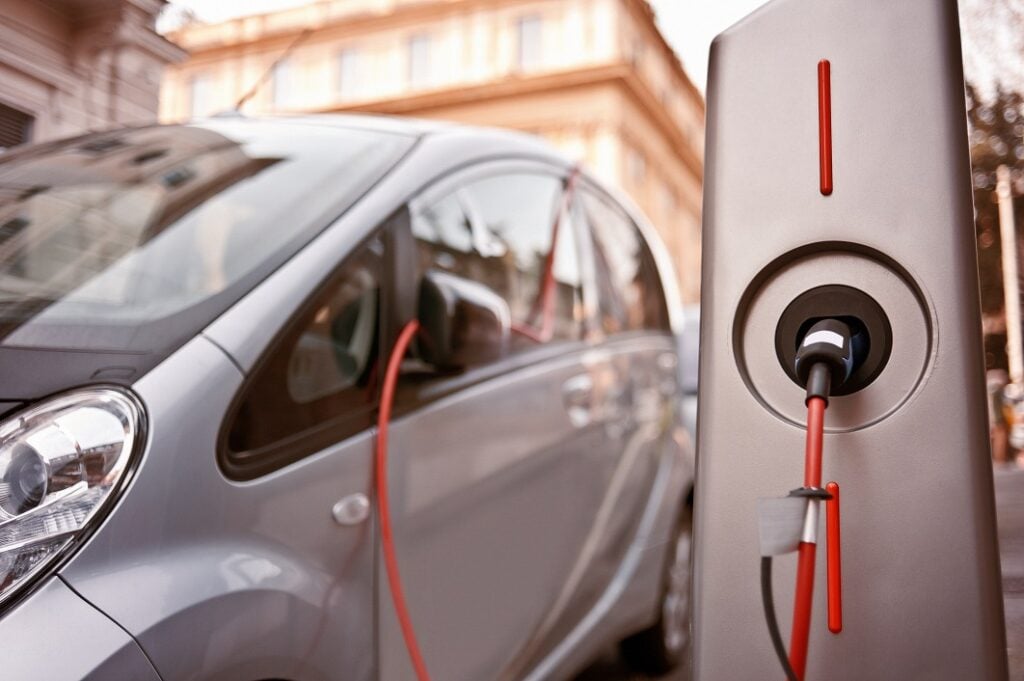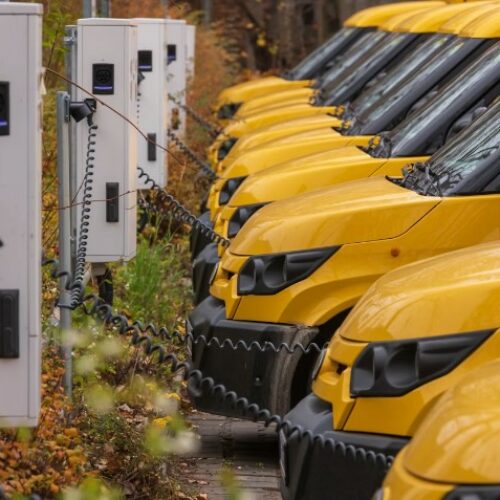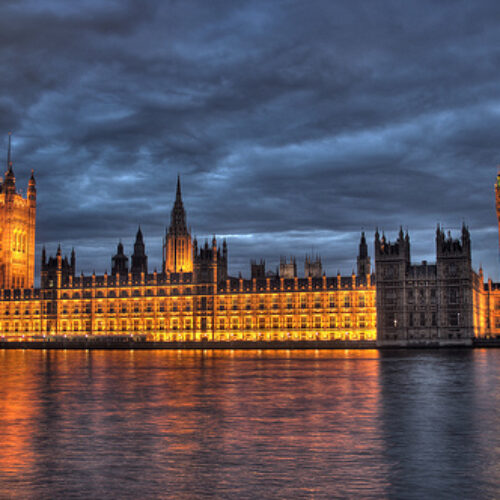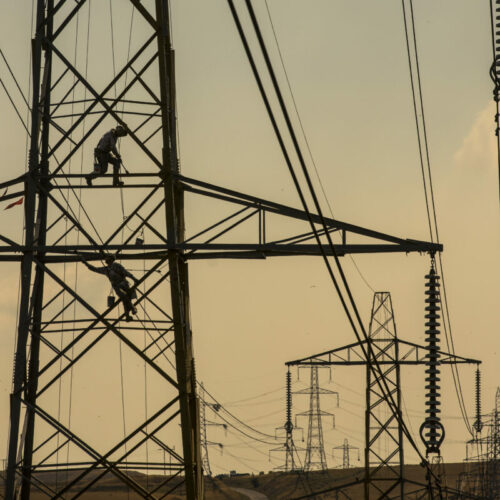There must be ‘charging for all’ at homes, workplaces and public locations to support the transition to battery electric vehicles (EVs).
In a report released last week by the House of Lords’ Science and Technology Select Committee, it criticises the pace at which the charging network in the UK is expanding. At the moment, work on it is progressing too slowly, with support for local authorities needed to deploy and maintain charging points.
Additionally, the government should focus on ensuring standardization of technologies and payment methods suggests the Battery strategy goes flat: Net-zero target at risk report.
This was echoed by Sir David King from the Clean Growth Leadership Network in his response to the report, saying “It requires the government to step in and see that the regulatory system is produced, the finance is found and that it is rolled forward.”
A number of other concerns for the development of the battery industry in the UK are also outlined in the report, stating that the trajectory of battery manufacturing is insufficient to support the automotive industry’s transitions to EVs.
As such, automotive manufacturing will most likely move oversees as the country falls far behind its compeitotrs and faces significant challenges.
This will also impact battery storage for the grid, with smarter systems needed to balance supply and demand as the UK transitions to a system dominated by intermittent renewables. This is particularly key as demand is expected to double by 2050 from 300TWh currently, given the growth in EVs and other electrified solutions such as heat pumps.
Dr Keith MacLean, managing director of Providence Policy is quoted in the report, highlighting that the gas grid currently provides 3–4TWh per day of storage in its pipes and tanks, which gives the system inherent flexibility to cover demand peaks. He said that energy storage requirements will remain at the scale of “terawatt hours per day, tens of terawatt hours per season, and over 100 terawatt hours across the year.”
The report continues to call for longer-term storage to cover successive days of high demand and low wind speeds in winter. This follows a particularly long period of such weather earlier in 2021, which pushed up power prices and lead to National Grid ESO issuing Electricity Margin Notices to ensure it could balance supply and demand.
A “one-in-10-year winter” would equate to 20-40TWh of electricity, if hydrogen is pursued for longer-term storage, with conversion inefficiencies this would mean having around 60TWh of capacity.
The report suggests that the UK will need storage across all energy vectors – including this longer-term coverage and balancing services covering voltage and inertia – with a total power rating of 200-500GW. Of this battery storage might need to provide 20-35%.
A range of storage technologies will be needed at different scales to meet the varied demands of the electricity system, with flow batteries and sodium-ion identified as having various advantages over lithium-ion – which makes up the bulk of batteries currently – such as longer-durations.
Additionally, the report points to the link between EVs and energy storage, with the potential of smart charging and vehicle-to-grid offering an additional path to balancing the grid. It highlighted that in National Grid ESO’s recent Future Energy Scenarios report it suggests V2G could offer up to 38GW of power to the grid.
“The Government and Ofgem must ensure that electricity network regulations and incentives are aligned to bring about the necessary investment in networks, storage and smart systems,” the House of Lords’ Science and Technology Select Committee writes. “They must ensure that energy market rules facilitate more sophisticated services, including tariffs to enable demand shifting, extensive use of battery storage, and smooth interactions with hydrogen systems.”





